There are so many factors that can go into taking on a new design project, from the scope and budget to the vibe of the client in question. We asked six designers—Jenny Brown, Valerie Darden, Gia Sharp, Jihan Spearman, Kristen Thomas and Hadley Wiggins-Marin—how they decide a project is right for them.
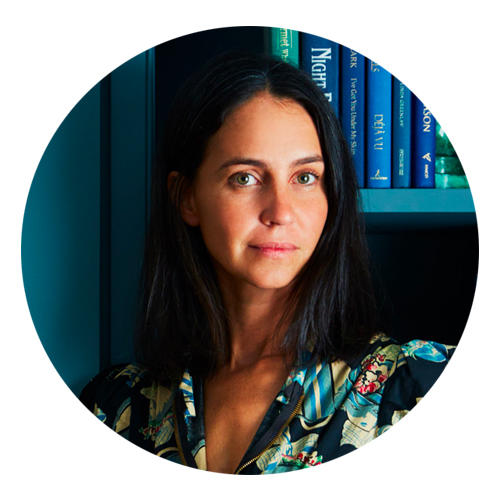
A delicate balance
“Aesthetic alignment is paramount and, in our case, bears the greatest importance. That said, without a realistic budget, scope and timeline, it doesn’t matter how fantastically a client’s tastes align with ours or how big they are willing to let us dream—the means to achieve a successful result must be there. This question gets to the heart of the dichotomy that is interior design as a business! We are at once artists and business operators. At some point, accepting the small but aesthetically exciting project is in conflict with the firm’s greater business needs. Conversely, large jobs with overflowing budgets don’t necessarily translate to work that services the firm’s portfolio or creative satisfaction of the team. Deciding which projects to take on can be a challenging process, but one I am grateful to have to face.” —Hadley Wiggins-Marin, Hadley Wiggins, Peconic, New York

Vibe check
“The best fit for our firm is a good vibe from the client. A mutual and respectful relationship between a client and designer is crucial to the overall success of the project. Respect should be a two-way street. If, early on in the design process, red flags are appearing, such as personality differences, it may be best for both parties to move on.” —Valerie Darden, Brexton Cole Interiors, Stafford, Virginia
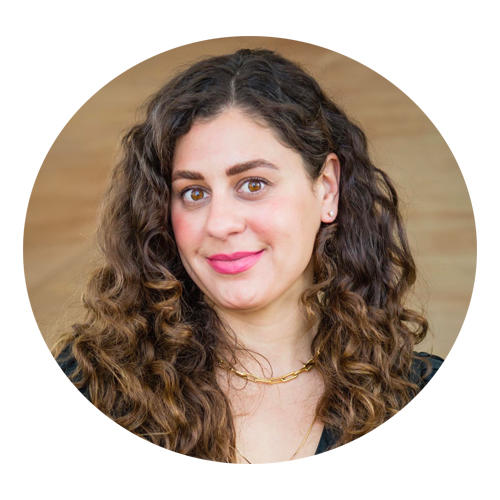
Great expectations
“Whether or not the client has realistic expectations is single-handedly the most important factor for determining if a project is a good fit for our firm. We are usually willing to take on smaller projects or work within a tighter budget but it’s important to ensure that those clients’ expectations are in line with reality. Our experience has shown that clients with unrealistic and inflexible expectations tend to think they can get a lot for a little and get high-quality items faster than we can provide them. We use our intake questionnaire to help us determine where a client is on that spectrum as well as how willing a client is to adjust their expectations once we give them a sense of the reality of high-quality interior design.” —Jihan Spearman, Jihan Spearman Interior Design, San Francisco
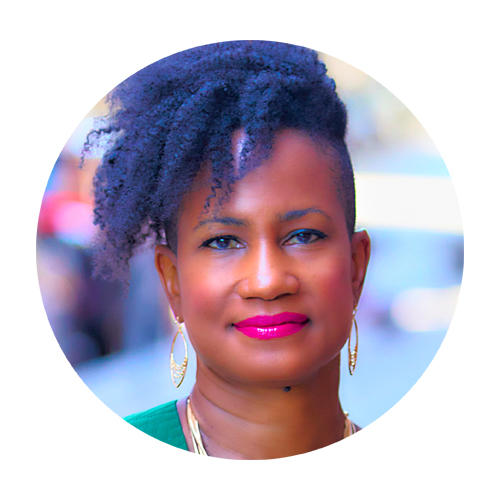
Getting to know you
“It’s all about the vibe of the client. At the introduction of a project, I like to talk with prospective clients on the phone first to get a sense of who they are before seeing their space. It’s kind of like a first date—do we click? It’s usually a good indication of how the project will unfold. First and foremost, interior design is about relationships: between the designer and client, and between the client and their home. Getting to know my client’s personality, needs, wants and motivations—it all drives the design process. It’s such an honor to be allowed into this intimate space in people’s lives, so having a connection and trust is essential. The style or scope of the project is less important to me, because I love variety. Also, having larger projects affords me the opportunity to take on smaller projects and fulfill the mission of our firm: design for good, design for all.” —Gia Sharp, Gia Sharp Design, New York
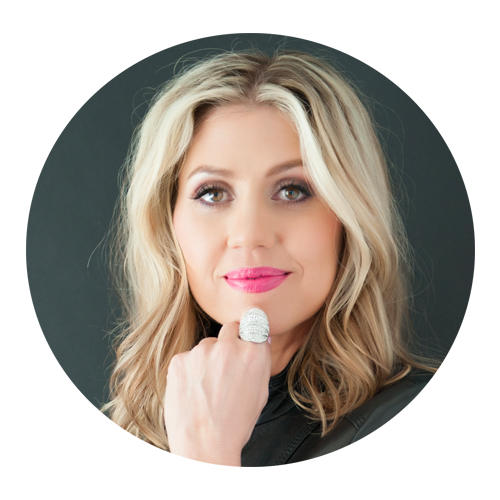
The right mix
“There are quite a few factors that are equally important. Scope of work is definitely a factor. We are a full-service firm so we focus on larger scale projects; many of our current projects are new custom homes and large-scale remodels. We have a distinct brand identity and many of our clients find us on Instagram, so they are selecting us because they are [already] drawn to our design style.”—Kristen Thomas, Studio Thomas, Greenwood Village, Colorado
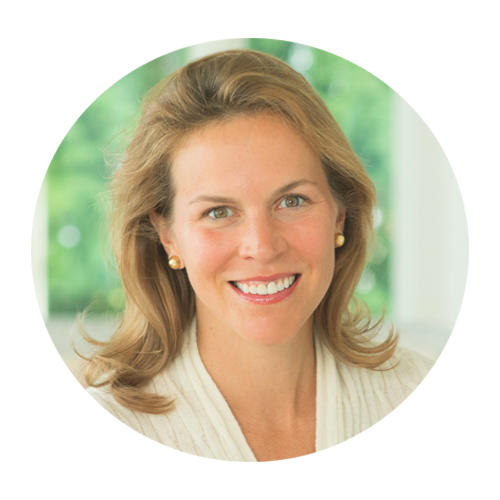
Good feelings
“In my experience the most successful projects come down to personality and taste. I don't want to force my style on anyone and, while I love collaborating with my clients on their homes, I want us both to feel proud of the finished product. My goal is ultimately to spread beauty and joy and I want to share this with my clients.I know we are a good fit when I leave each meeting feeling energized and inspired. I also seek projects that are a challenge for our firm, usually based on the scope or if it is a more commercial space, like a restaurant or a club. If I feel a little scared at the beginning of a project I know we are pushing ourselves and I’ll try to put that good, nervous energy to work!”—Jenny Brown, Jenny Brown Designs, Chicago
Homepage photo: A project by Jenny Brown | Aimée Mazzenga




























